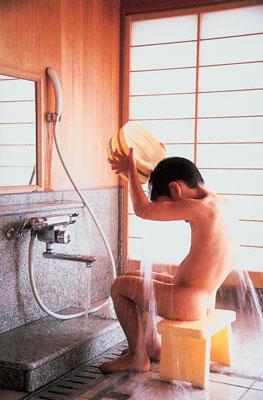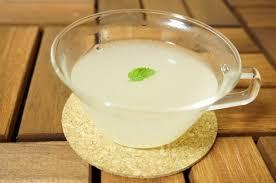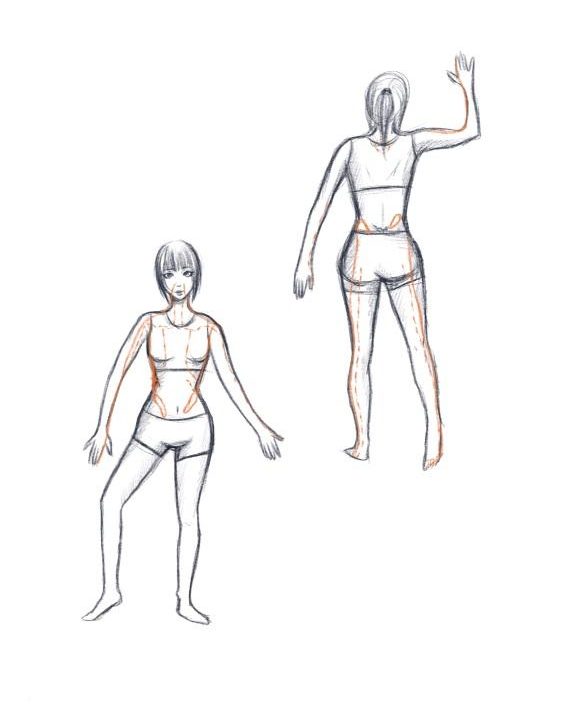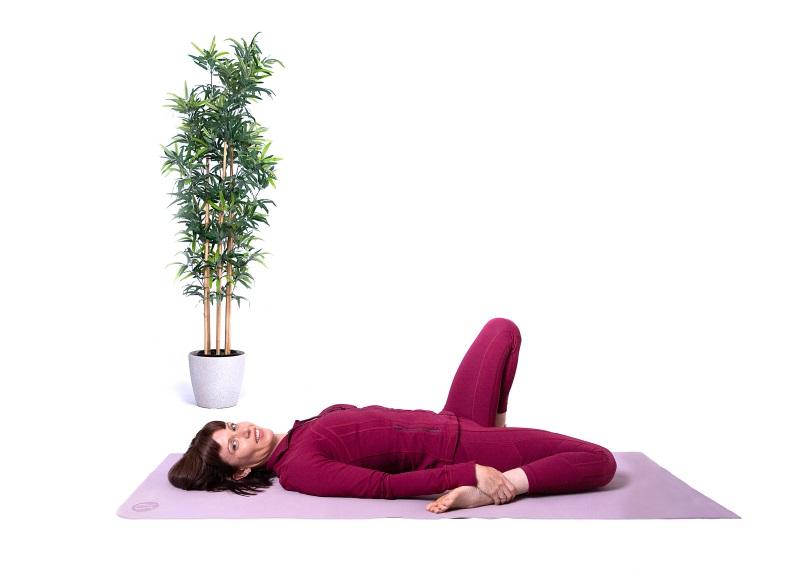
The Secret Japanese Tea for Everlasting Health
January 14, 2020
5 easy ways to combat coronavirus (Japanese yoga-style)
March 13, 2020Saving Water the Japanese Way

Australia’s current drought may be the worst in 800 years according to a recent paper published by the University of Melbourne.
With water restrictions in place for most Australian states, there’s never been a better time to fine-tune the way we use and appreciate our water.
Even if you’re not living in a water restricted area, using water mindfully and with gratitude can only bring good things.
While Japanese culture has many gifts for the rest of the world, the Japanese Way of bathing is out of this world.
As well as being a next-level spiritual experience, it’s incredibly respectful of water and minimises any waste.
The main reason for this is that the Japanese wash before they enter a bath.
If you want to deeply offend a Japanese person, jump straight into their bath and proceed to lather yourself with soap (ie take a bath like you normally would!)* Not suggested
By washing before entering the bath, a single bath-tub of water can serve an entire family.
And because there’s no soap, once it cools down you can repurpose that water in your garden.
The Japanese bathing ritual has four steps.
- Seated on a low stool, the bather uses a bucket to rinse away dirt with hot water scooped from the prepared bath
- The bather then descends into the tub for a first soak
- Re-emerging, the bather sits on a stool and scrubs her body with soap and loofah, then rinses thoroughly. There is no running water during this time. Small amounts of water go into the rinsing bucket and is poured sparingly over the body – only as needed.
- The final step is a relaxing, second soak in the tub. Traditional baths have an outdoor setting or a room that opens to the outdoors.
Although non-Japanese people tend to shower and don’t take baths as frequently as our Japanese friends, it’s still possible to apply some of these water saving strategies to your daily shower routine.
For example, you could:
- Keep a bucket in the shower recess and let it fill with water at the start of your shower while you’re waiting for the water to heat up. This bucket could then be tipped over your garden
- Once the water’s warm, wet your body briefly and quickly turn off the tap
- With no water running, lather the body with soap and loofah
- Only turn the shower back on once you’re ready to rinse
Japanese bathing quotes:
“I feel unsurpassed happiness…. I have overcome impatience, nervousness, haste. I enjoy every single second of these simple moments I spend. Happiness, I think, is a simple everyday miracle, like water, and we are not aware of it.” From Japan, China (1963), Nikos Kazantzakis in his journal after his first experience with a Japanese bath (author of Zorba the Greek and other twentieth-century classics)
“There is a school of thought that half-seriously explains the very small number of psychiatrists in Japan as the result of the Japanese bath” From Bonsai to Levis (1984), George Fields
“[Hot springs are] the closest thing the normally stoic Japanese have to socially sanctioned hedonism” From Getting Wet: Adventures in the Japanese Bath (2006), Eric Talmadge
Photo courtesy The Japanese Bath, by Bruce Smith and Yoshiko Yamamoto (Gibbs Smith, 2001)



